Story by Jun Ayensa | Regional Program Manager | Heifer Southern Philippines and
Karla Narcise-Rodulfo | Planning, Monitoring and Evaluation Manager | Heifer Philippines
Photos by Jun Ayensa | Regional Program Manager | Heifer Southern Philippines
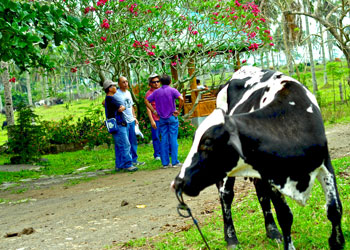 |
|
A team from Heifer visited successful dairy farms in the Philippines to better prepare them to design and implement a dairy project that will ensure success for at least 1,000 beneficiary families.
“This is the first time Heifer Philippines will be implementing a dairy project, just knowing that 1,000 original families will benefit from this deepens our dedication to explore, learn and apply best practices from successful dairy practitioners,” Heifer Philippines Country Director Herc Paradiang said.
On May 1, 2013, a team from Heifer visited Toreja Dairy Multiplier Farm in Ibaan, Batangas, owned by Arnel and Dr. Eileen Toreja. Starting in July 2012 with 78 cattle from the National Dairy Authority, the farm now has 126 cattle. The visiting team included Asia/South Pacific Program Officer Dilip Bhandari, Heifer Philippines Senior Program Manager for the Field Lyndell Tagle, and Regional Program Manager for Southern Philippines Jun Ayensa. They discussed the availability of animal stocks in the Philippines over the next 10 years with the farm owners.
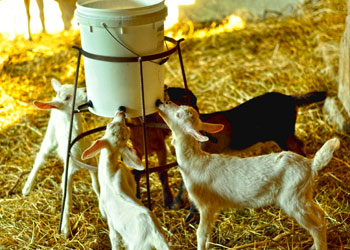 |
At the St. Elmo’s Goat Dairy Farm, kids are fed |
Next, the team visited the Batangas Dairy Cooperative (BADACO), a large-scale dairy multiplier farm focusing on cattle. The team visited both the dairy farm and the processing plant, where 25 $25,000 state-of-the-art automated dairy machines were recently set up. Edwin Sanchez, general manager of BADACO, talked with the visitors about the cooperative’s plans for further expansion.
The last stop was St. Elmo’s Farm, a dairy goat farm in Nasugbo, Batangas. Owner Elmer Rivera shared with the team the daily farm operation process. The 4.9-acre farm has an average production of about 265 pounds of goat milk per day. He said that dairy as an enterprise is very promising, since there are very few players in the market and the demand for milk is very high and has grown continuously over the years.
At the end of the visits, Jun Ayensa said, “The study visit has shared new insights for us. Through the lessons learned we can further improve our project design and implementation. It really shortened the learning curve, having seen it firsthand how the entire dairy process works.”
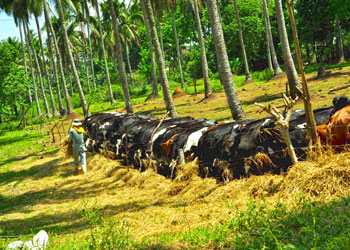 | 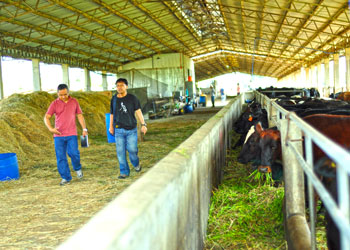 |
|
|
 | 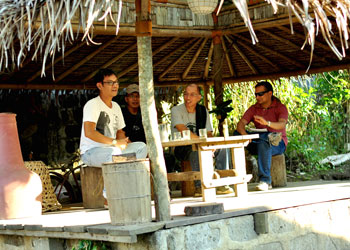 |
|
|